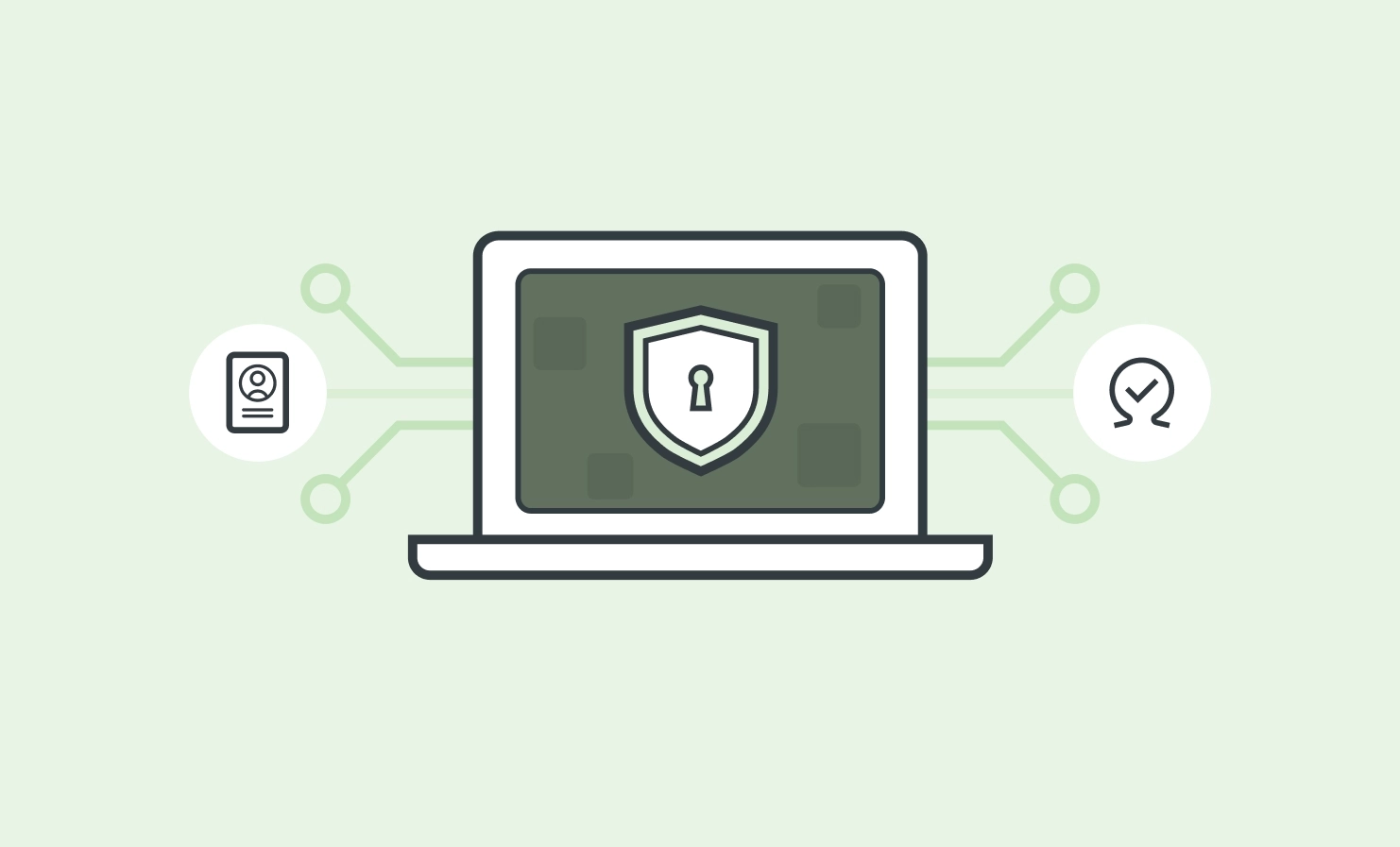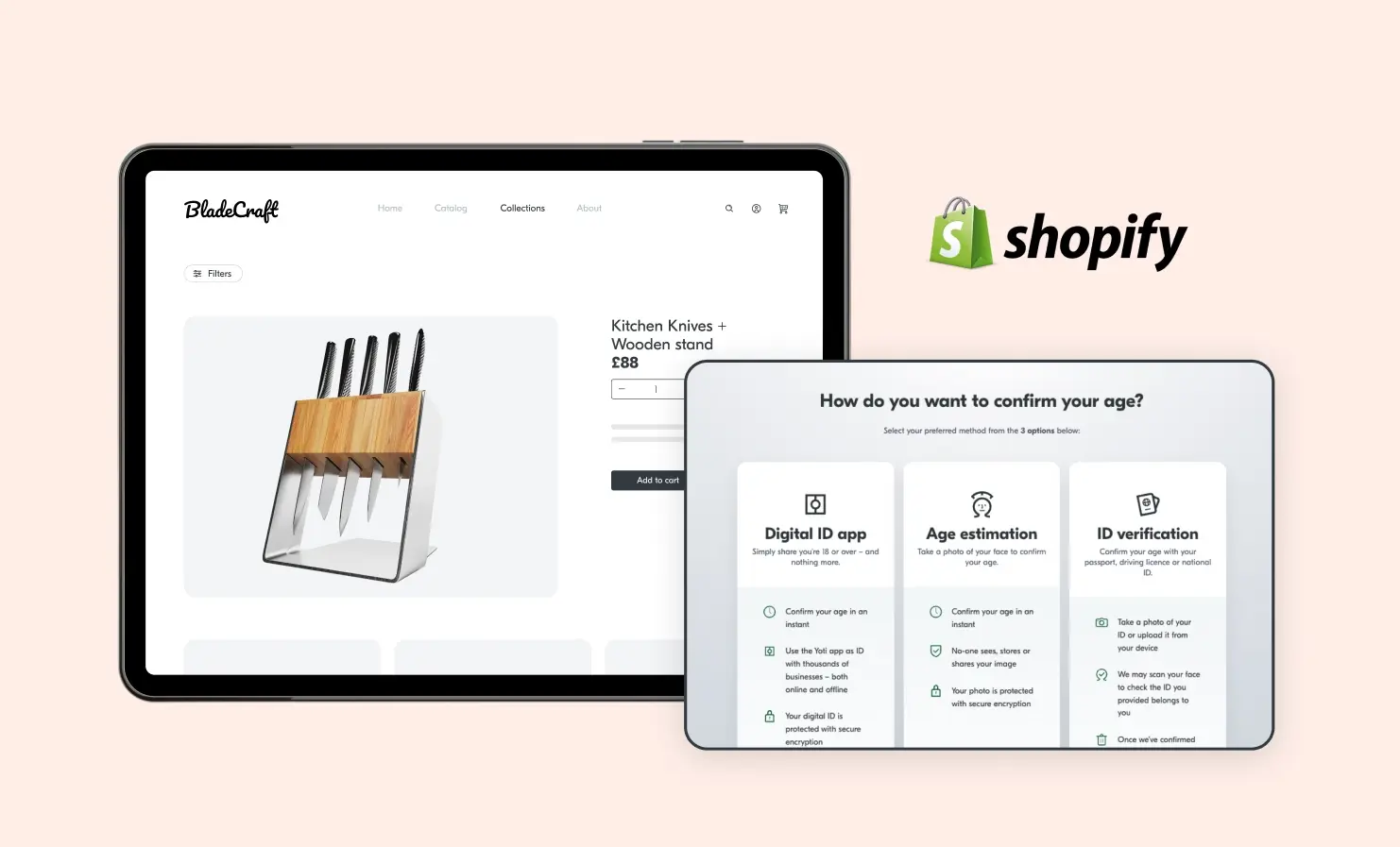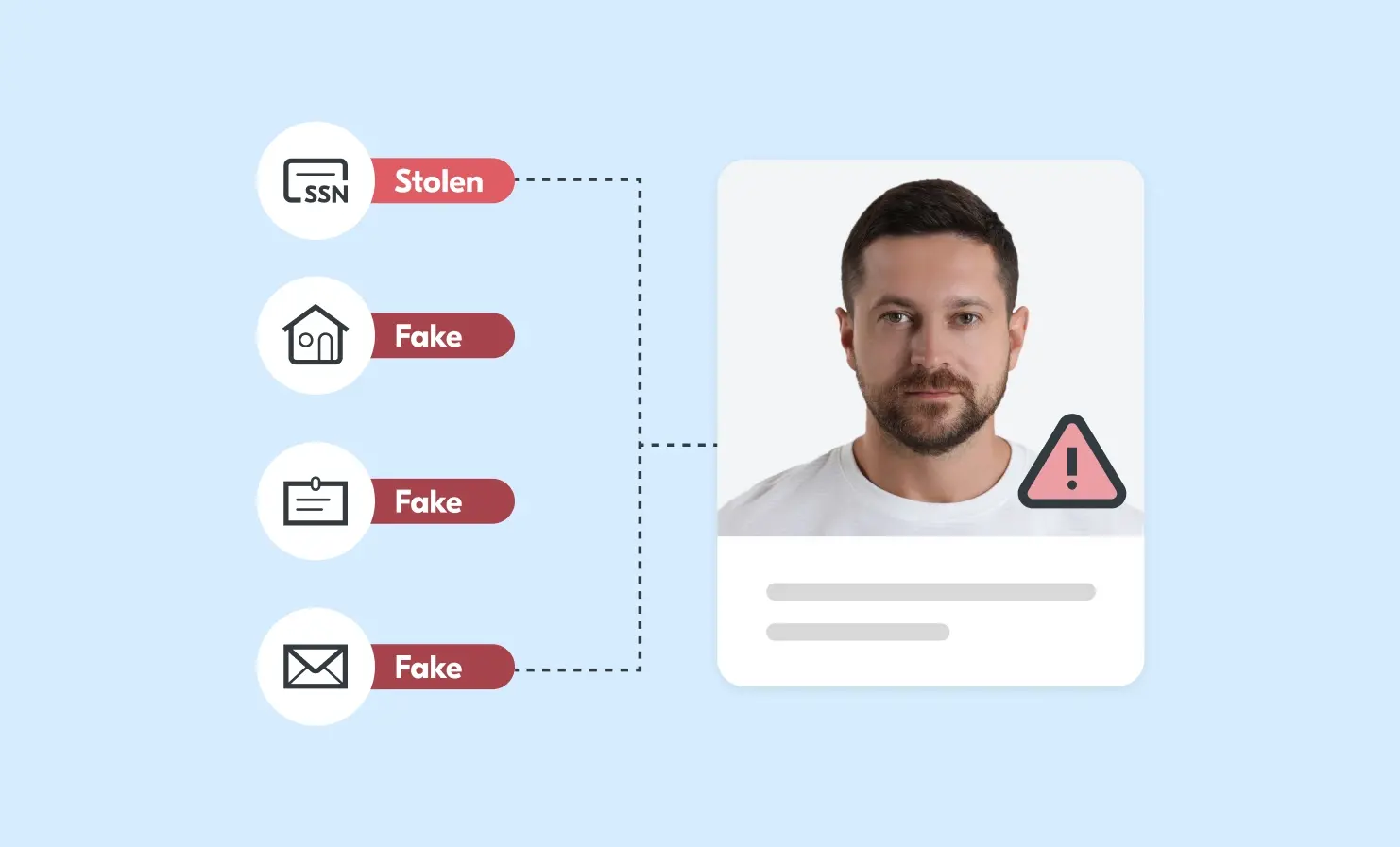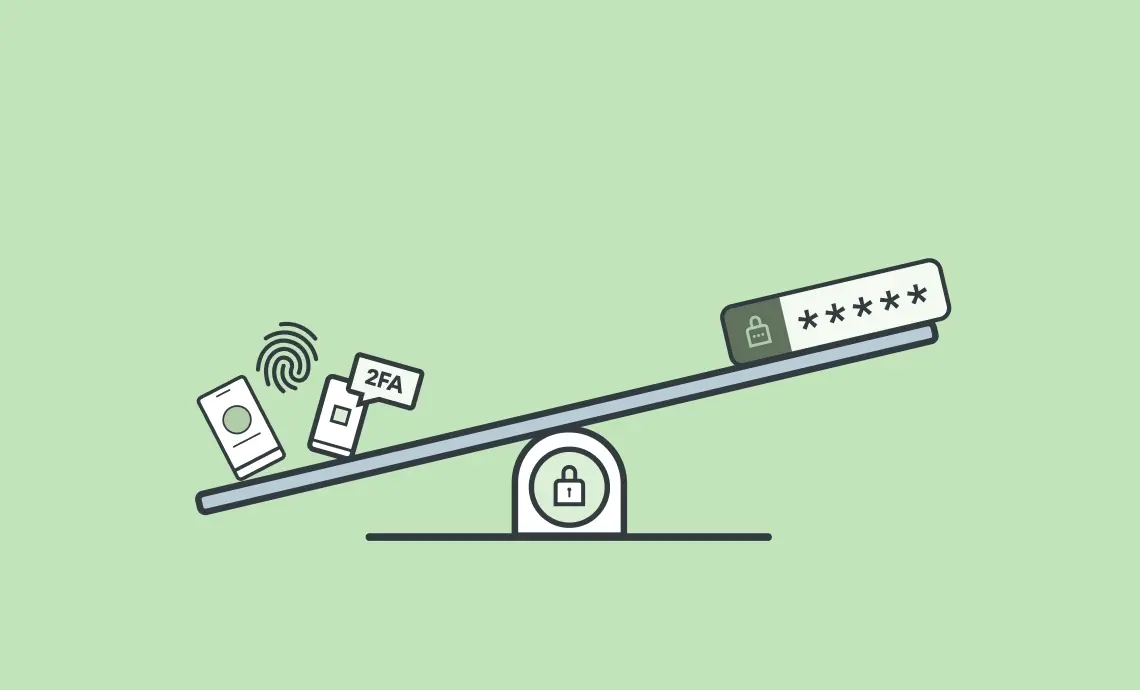Business
Yoti helps platforms navigate Australia’s new social media age restrictions
Australia’s new age restriction laws for social media come into effect today, signalling a major shift in how online services must support age-appropriate access for younger users. As platforms prepare for increased regulatory scrutiny and tight compliance timelines, Yoti is enabling our social media partners to deploy trusted, privacy-preserving age assurance at scale. These reforms, led by the eSafety Commissioner, require major social media platforms to take ‘reasonable steps’ to stop under 16s from creating an account or using their services. There are no exceptions to this age limit, not even those with parental consent. The rules apply to
How strong authentication powers Zero Trust and protects against cyber threats
Until recently, organisational cybersecurity typically relied on a fortress mentality, by building a strong perimeter with firewalls and VPNs, and trusting everything inside. But in today’s digital world of cloud apps, remote work and hiring, supply chain integrations, virtual connections and sophisticated attacks, that approach is no longer enough. Once criminals breach the walls, they can often move freely and undetected. If a business can’t reliably confirm who’s accessing its systems, it leaves the door open for cyber criminals. When authentication is weak, malicious actors can: Steal employee or customer login credentials through phishing and use them to access
Yoti age checks now available for Shopify stores
If you sell age-restricted products on Shopify, we’ve got good news. It’s now easier than ever to add secure, seamless age checks to your online store. Yoti has now officially integrated with Shopify – one of the biggest ecommerce platforms in the world. That means Shopify merchants can now offer fast, privacy-preserving age checks for their customers. If you’re selling alcohol, vapes, knives or other age-restricted items, this integration helps you meet legal requirements without adding unnecessary friction to your customers’ journey. Why does this matter for Shopify merchants? Shopify powers millions of online businesses, including both independent
The rising challenge of detecting deepfakes
Artificial intelligence (AI) has come a long way in just a few years. What started as a tool for automating routine tasks and processing data more efficiently has now become integrated into nearly every industry. It seems as though it’s everywhere we look right now. One of the most controversial, and perhaps concerning, developments in AI is the rise of deepfakes. In simple terms, deepfakes are incredibly realistic synthetic media, such audio, video or images, generated by AI. These digital forgeries have become so convincing that telling real from fake is becoming a serious challenge. We look into how
What is synthetic identity fraud? How it works and how to prevent it
What is synthetic identity fraud? Synthetic identities are fake identities, built by combining real and made-up information, earning them the nickname “Frankenstein IDs” due to their pieced-together nature. Synthetic identity fraud is different to traditional identity fraud as it doesn’t involve an obvious, immediate consumer victim. These fake profiles are designed to mimic real customers, often slipping past traditional fraud detection systems because they don’t raise typical red flags. As a result, the primary victims of synthetic identity fraud are businesses and lenders, who bear the financial losses. How synthetic identities are created and used
Beyond passwords: exploring modern authentication methods for secure login
As online threats grow more sophisticated, the way we authenticate users needs to evolve. This blog explores the modern authentication methods which can support or replace passwords, such as biometrics and verified digital IDs, and how businesses can use them to protect accounts, reduce fraud and build trust with users. What is authentication? Authentication is the process of verifying that someone is who they say they are, typically before granting them access to a service or system. Traditionally, this has involved entering a username and password, something only the user should know. Are passwords enough to keep






